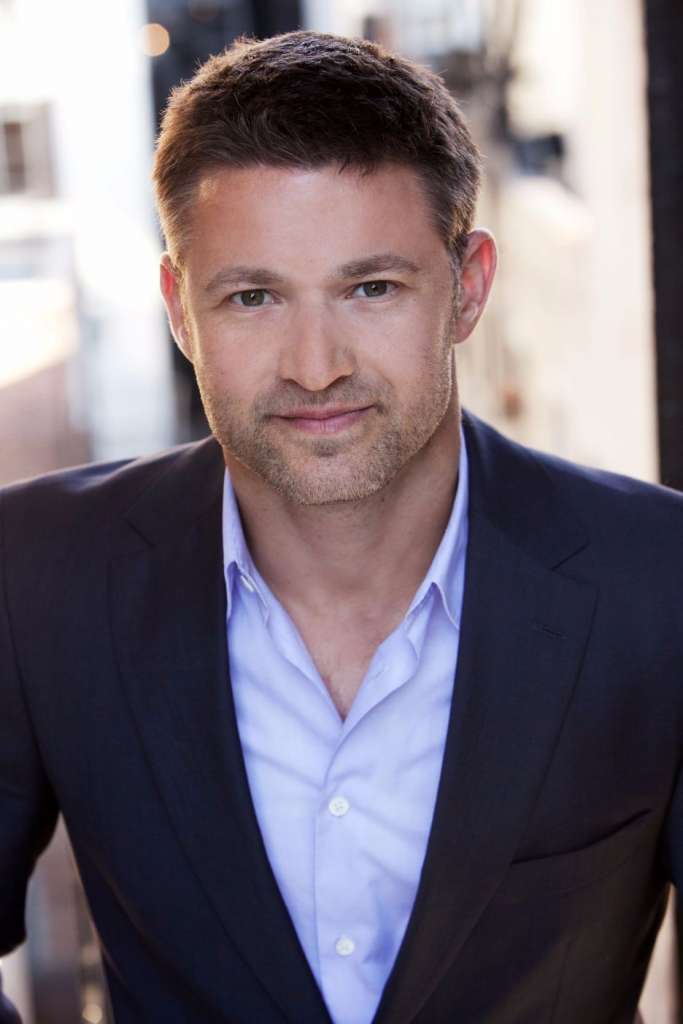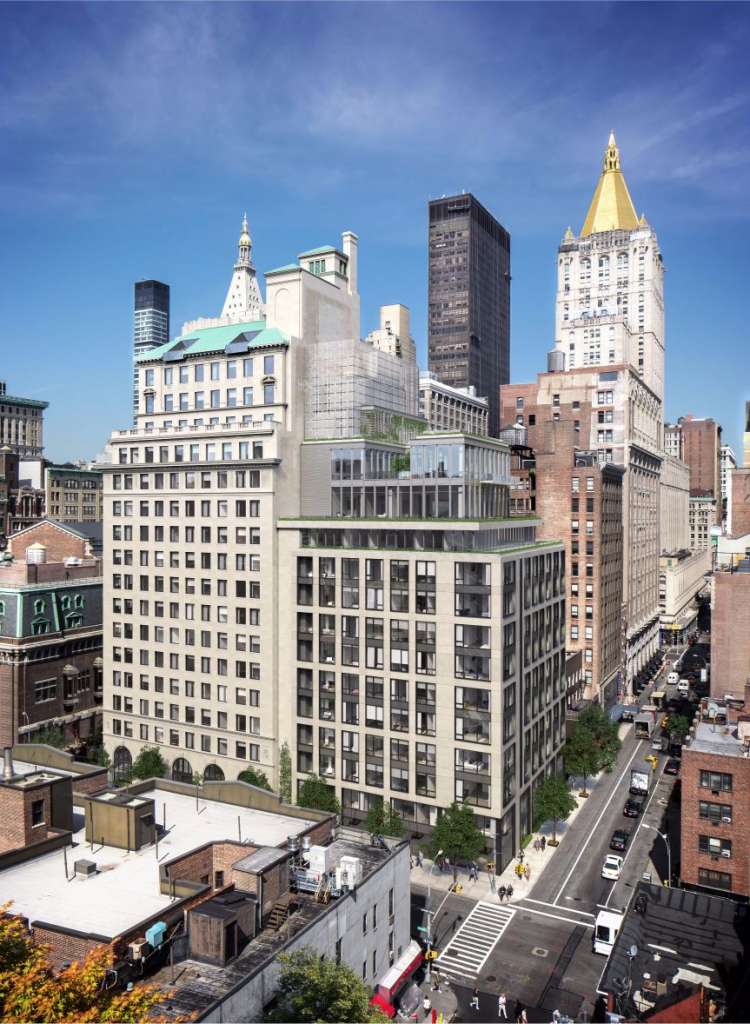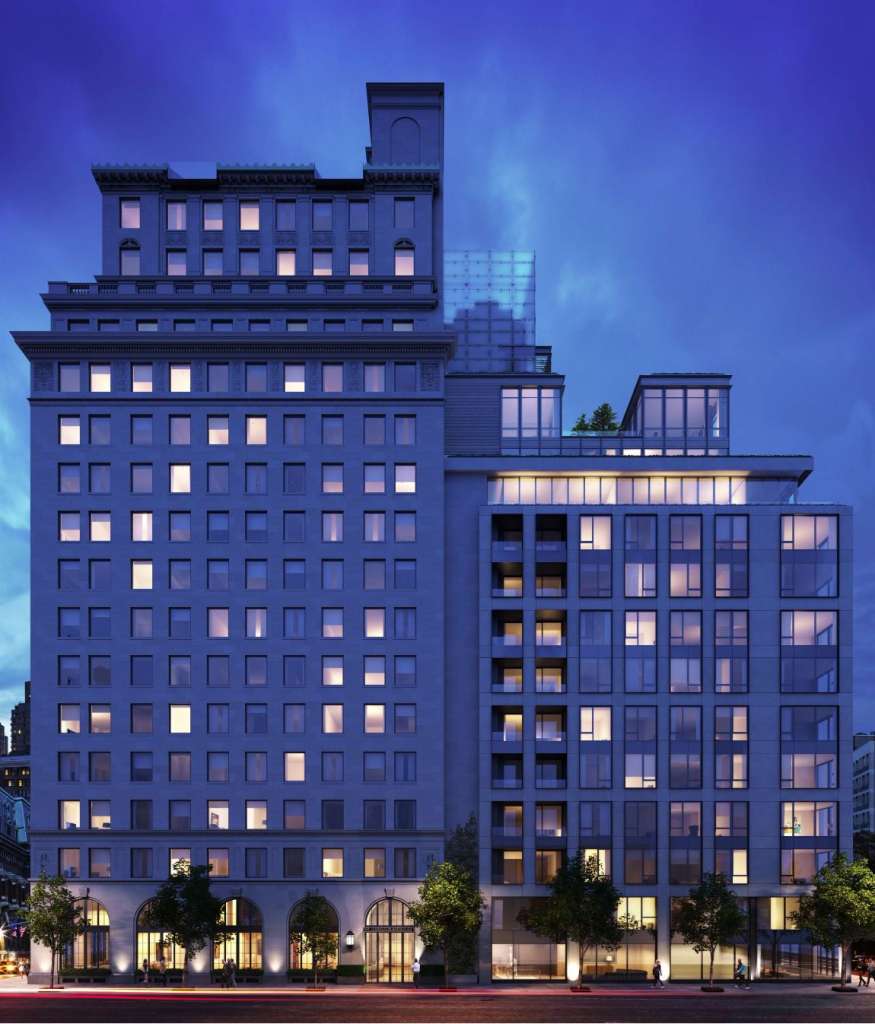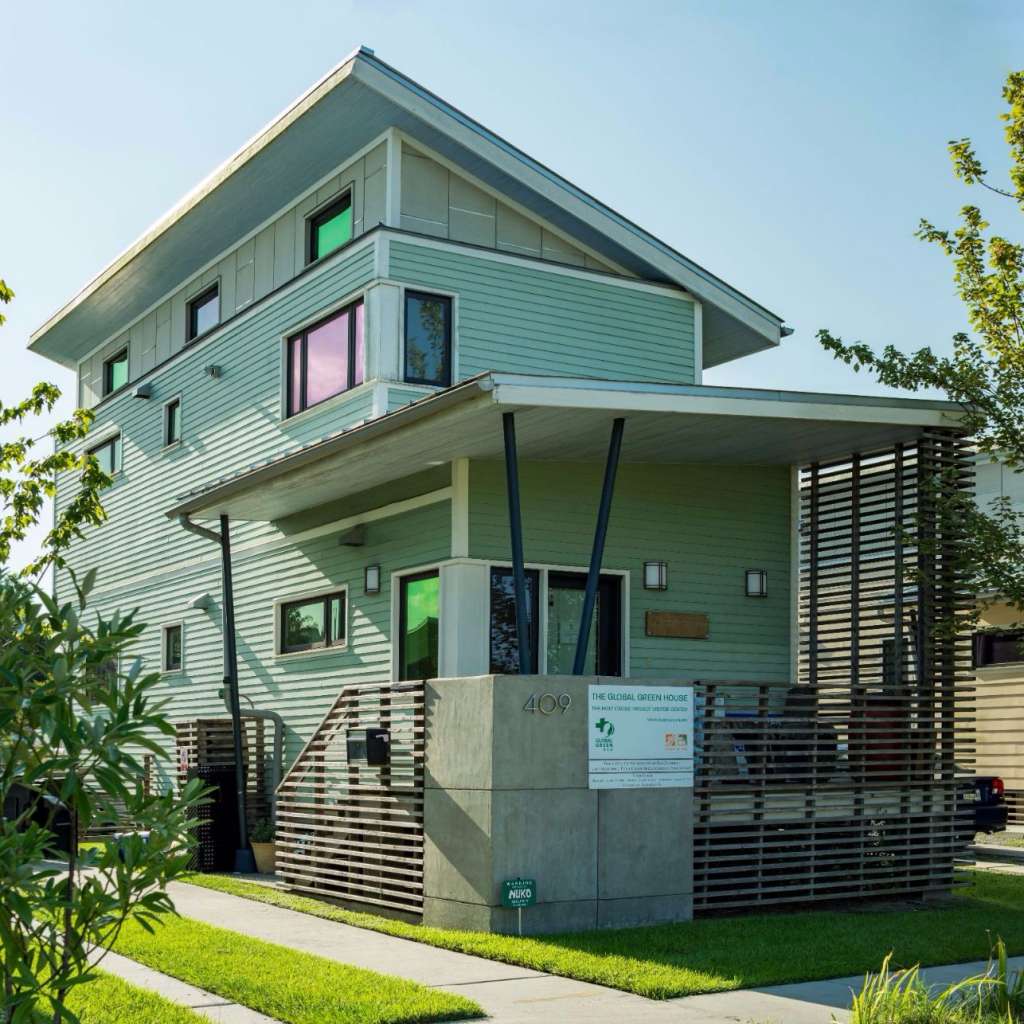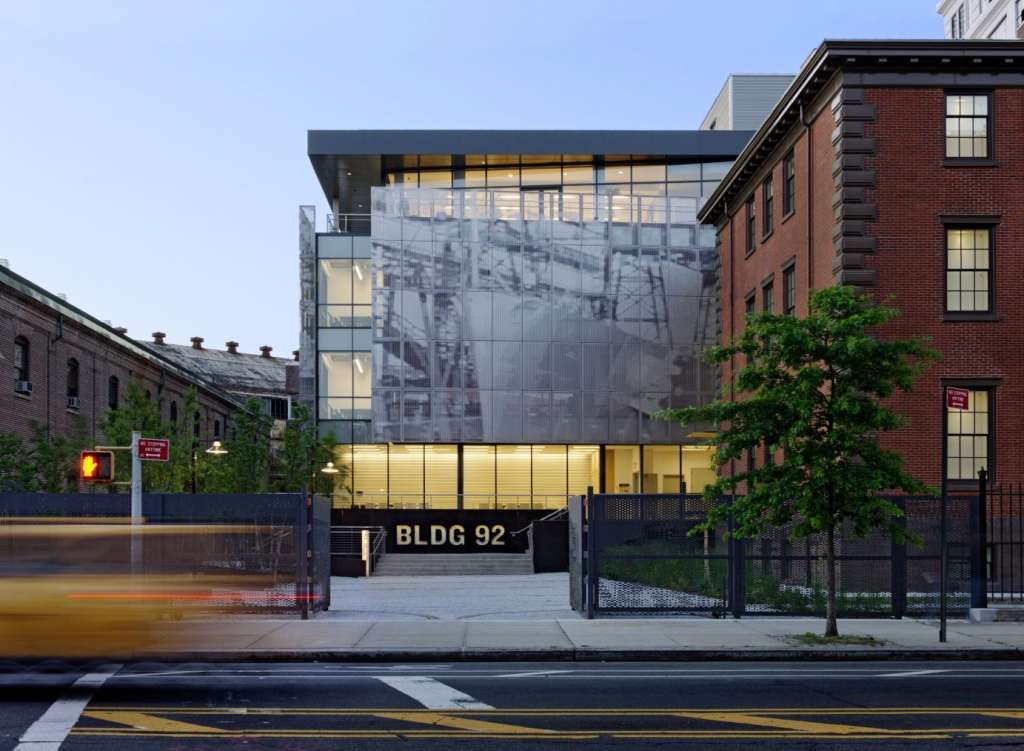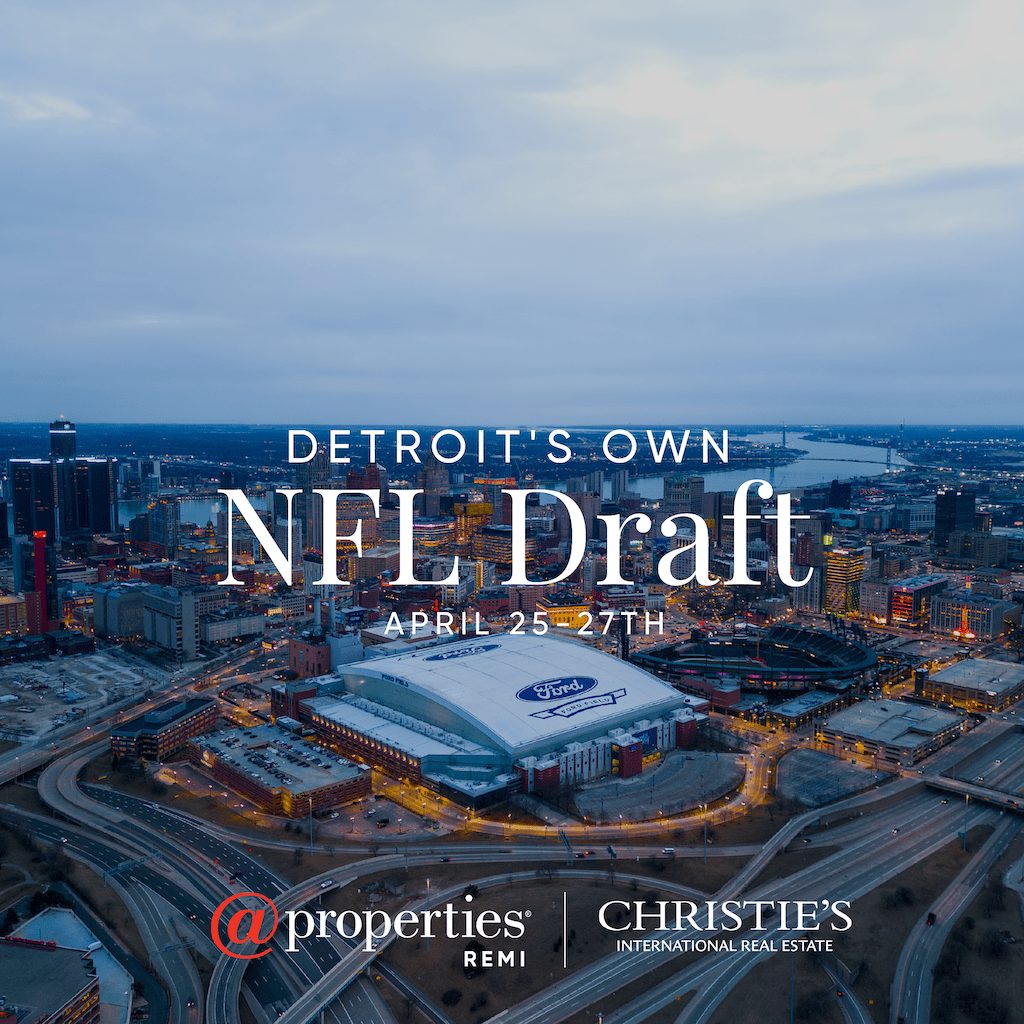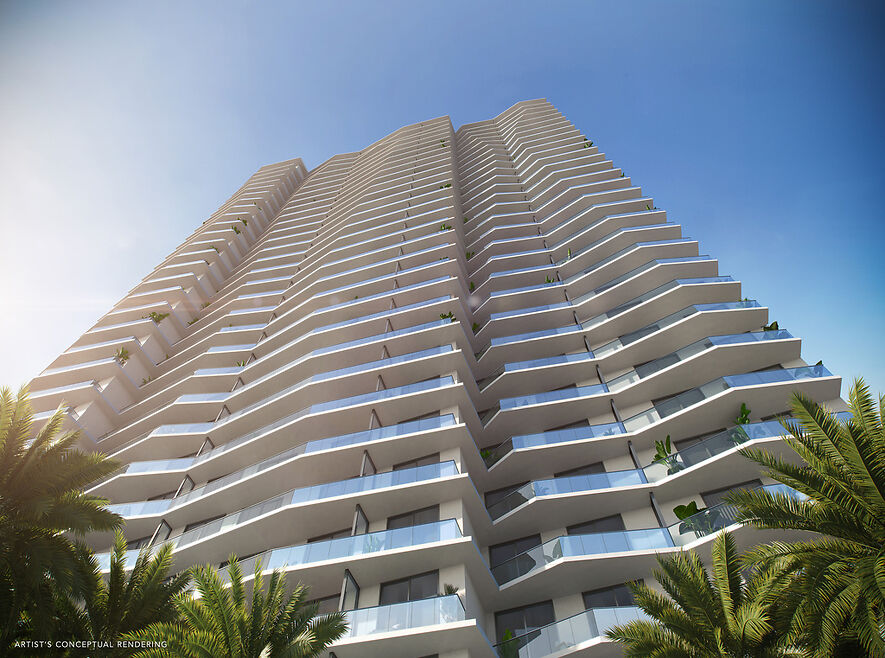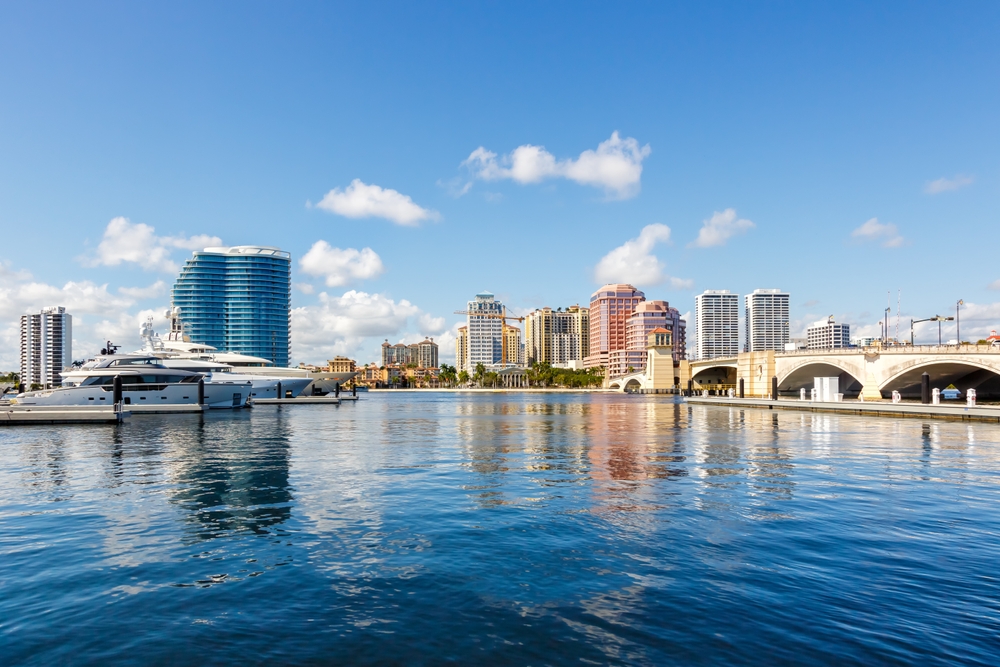For more than 15 years, Workshop/APD has been establishing itself as a leading name in the design world. In 2006, after several years of mostly handling smaller-scale residential projects, the firm, which handles both architectural and interior design, entered and won the Sustainable Design Competition for New Orleans. Sponsored by Global Green and Brad Pitt, the competition aimed to construct a net zero energy and affordable housing and community center development in the Holy Cross section of New Orleans’ Lower 9th Ward in the wake of the destruction caused by Hurricane Katrina. Not only did winning such a high profile competition garner new attention for the, at the time, emerging design team; but it also allowed them to expand beyond their comfort zone. "Winning that competition really shot us into the spotlight," says Matt Berman, principal and co-founder of Workshop/APD. "It also made us aware of building types outside of the small residential single-family world that we were sort of in."
Since then, things have only gotten better for the award-winning Workshop/APD. The firm has since taken on larger scale projects that have ranged from luxury home design to high-end commercial developments. Their portfolio now includes the Brooklyn Navy Yard's BLDG 92, 70 Charlton Street, and 88 & 90 Lex, which according to Berman, has been Workshop/APD’s largest and most complicated project to date. It features more than 120 one-to-four bedroom units throughout two neighboring buildings with very different architectural styles (88 Lex was built in 1927, while 90 Lex was constructed more than 30 years later). Following a tour of 88 & 90 Lex, we sat down with Matt Berman to talk about the challenges of building 88 & 90 Lex, the importance of experimenting with technology and what's next for Workshop/APD
Haute Residence: When working on a project like 88 & 90 Lex, where Workshop/APD handles both the architecture and the interior decorating, at what point does the brainstorming process start for the interior design?
Matt Berman: Early in the process. About ten years ago we really started to take our interiors seriously. We brought in a creative director and interior designers, because it just was one of those things where you build this great architectural space and then all of a sudden you just hand it off to someone else. Now we can think about things from the beginning. We have the architectural team and the interiors team together and everyone is just riffing off of each other, which to us allows for a better product.
HR: What are some of the challenges encountered during the construction of 88 & 90 Lex?
MB: This has been a big, complicated project. This was by far one of the most complicated projects we’ve ever worked on, just from an unraveling point of view and because we were dealing with two different buildings with two different systems. There’s was a tremendous amount of complexity involved. Anytime you’re dealing with conversions and you scratch the surface a bit, you’re like “oh my god,” because there are a lot of obstacles. There are a lot of structural conditions that as soon as you open up walls or take down ceilings that you think you can penetrate or that you think you can do things with, all of a sudden you have risers going in areas you didn’t expect. This building has some rent-stabilized tenants that have been moved around, but we had to work around a lot of those units. Most of them have been adjusted or relocated. In a lot of cases, you may have one unit that’s rent stabilized, and all the units around it are normal, which means that the units around it have to be reconfigured. It’s all part of the process of a conversion, which is very different from a new build.
HR: What kinds of research or reference points did Workshop/APD rely on to create a fluidity between 88 Lex and 90 Lex, two structures built in two different eras?
MB: It’s not so much research. It’s more of an approach to design and a vibe. For us, we use a lot of materials that are sort of worn and that wear well. There’s sort of an age inherent in the materials we used that looks great in a new space, but also looks really good in an older space, and because of that, they kind of marry each other nicely.
HR: Workshop/APD has had lots of success throughout its 15-year history, but what was the moment where it had become clear that Workshop/APD had officially arrived?
MB: There were a couple of competitions that followed the devastation of Hurricane Katrina that were about re-thinking how to rebuild New Orleans. We entered the first competition, which was just an ideas competition, and placed third. Then, we entered the second competition, which was sponsored by Brad Pitt and Global Green, and we won it. That was about rethinking how to rebuild a section in the Lower Ninth Ward that was right on the levee called Holy Cross in a smart and responsible way. Winning that competition really shot us into the spotlight. It also made us aware of building types outside of the small residential single-family world that we were sort of in. Initially, that project was to include five single-family houses, a community center, and an apartment building.
HR: Does Workshop/APD’s approach to design differ depending on what type of project it is working on?
MB: No, we approach every project the same in terms of what is the program, what are the requirements, what is the capacity, what’s the budget––we need to get all of that sorted out first, because that is the stuff that helps frame what you can do. Then, when we start, I think we are inspired by the same things. For example, you can take a fashion idea and take it into a residence or a hotel or a restaurant. Maybe the hotel or restaurant will be a little bit more theatrical and playful and expressive than a residence, but at the end of the day, the inspirations are very similar.
HR: With the history attached to the Brooklyn Navy Yard, was there an added pressure for Workshop/APD to deliver an amazing project?
MB: The Navy Yard project was amazing for many reasons, but the pressure for the whole team was that this was the first time in the whole 150-year history of the Yard that it had been opened up to the public. Prior to us breaking that fence, opening up that courtyard and inviting the public in, you had to go through the gates with a pass, while having had been invited by someone who was in the Yard. It was a very cloistered environment. So there was a pressure for us. We felt like we had to get this right. With that project, we explored with things like digital fabrication and laser cutting.
HR: How important is it for Workshop/APD to experiment with new technologies?
MB: It's huge. We like incorporating new technologies for a number of reasons. It gives us new toys to experiment with. The second reason is that it allows us to play with materials in ways that help the materials to be more expressive, and that also help pull more character out of them.
HR: How would you describe a good client?
MB: When you're working with a client, you do spend a lot of time educating them and trying to get them to understand the bigger picture, why we are making certain moves. and why we feel very strongly about what we are suggesting. With a good client, it becomes a good discussion. A good client is not someone that is just passive and says “do what you want.” A good client is someone who has ideas, is sort of focused on the project, knows what they like and what they don’t like, can articulate what they like and what they don’t like, and are willing to listen. That’s a great client.
HR: If you could give a younger version of yourself any advice, what would it be?
MB: I would tell myself to keep doing what you’re doing, because it is going to work out. I’d say not to back down and to stay true to your beliefs. Nothing is easy, so you have to work at it. I think it’s very easy to give up. There are those times when you’re sitting with a client in the beginning before you have the 15 years of confidence because that’s what happens over time––you build confidence and you start to feel more confident in your decisions––and a client will say, “I don’t like this” or “that doesn’t work for me.” When you’re in a creative industry, every time that happens, it feels like a punch in the gut, because you’ve been working on it, and you’re passionate about it. I’d tell myself to learn to channel that energy, and that when someone doesn’t like something, you have to try to unravel and find why they don’t like it and not just take it as something personal.
HR: What’s next for Workshop/APD?
MB: Our next leap? We’re pushing into the hospitality space. We started doing restaurants about four years ago. We’re now pushing for more restaurants and hotels. For us, it’s more about where are the design opportunities. These are cool spaces that are theatrical and fun, and that has kind of been the history and progression of the firm.
Images courtesy of M18 Public Relations

